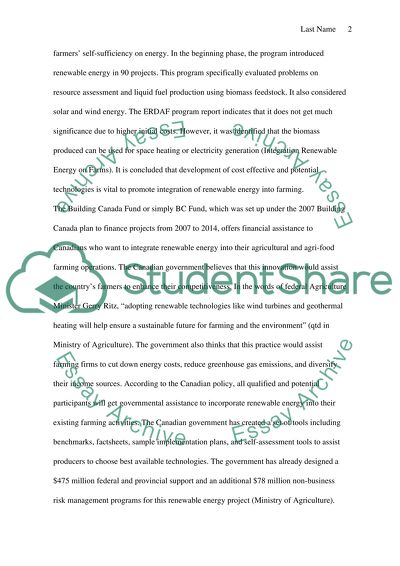Cite this document
(“Renewable Electricity : Innovation and Integration into Farming Research Paper”, n.d.)
Retrieved from https://studentshare.org/environmental-studies/1451480-renewable-electricity-yt-innovation-and
Retrieved from https://studentshare.org/environmental-studies/1451480-renewable-electricity-yt-innovation-and
(Renewable Electricity : Innovation and Integration into Farming Research Paper)
https://studentshare.org/environmental-studies/1451480-renewable-electricity-yt-innovation-and.
https://studentshare.org/environmental-studies/1451480-renewable-electricity-yt-innovation-and.
“Renewable Electricity : Innovation and Integration into Farming Research Paper”, n.d. https://studentshare.org/environmental-studies/1451480-renewable-electricity-yt-innovation-and.


